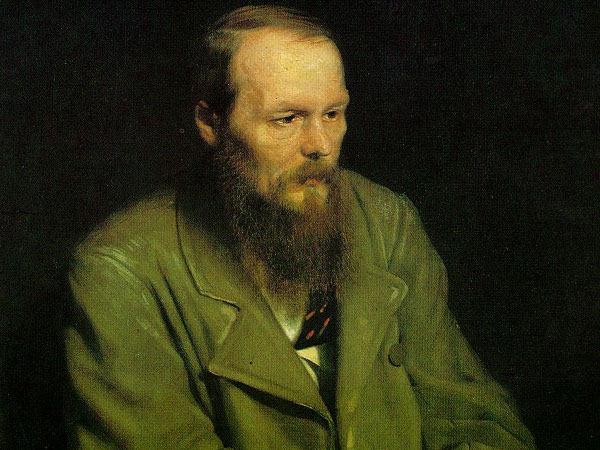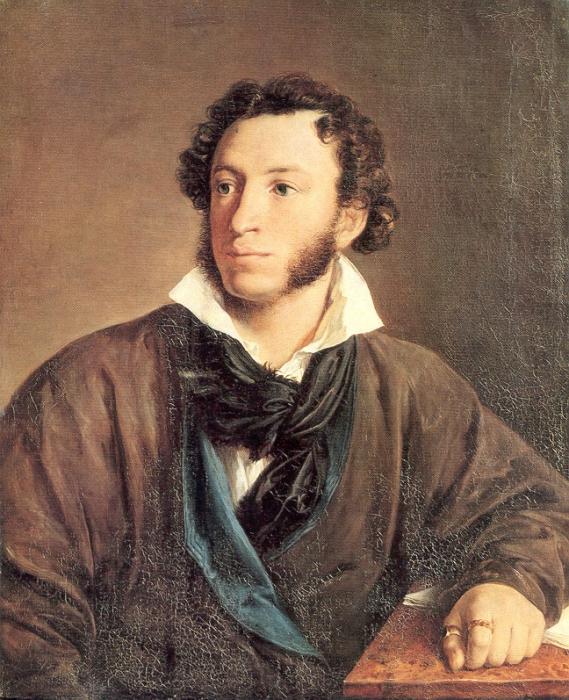Epistolary communication of people, that is, the exchange of letters, has existed for more than a thousand years. Needing communication with loved ones, living far away, people wrote letters, first on parchment or papyrus, then on paper. The formation of correspondence began in the sixteenth century, but such communication became especially popular in the nineteenth century, when each country acquired a postal service. People started
exchange extensive messages in which they describe in detail their thoughts and feelings. From these messages the epistolary genre originated, named after the Greek word "epistole" - "letter".
The genre of the work in letters is very peculiar and significantly different from the rest of the literary genres and styles. Any epistolary work is based, first of all, on the personal experience, feelings and experiences of the author. Not only the content of the novel composed of letters is specific, but also its form. The epistolary style is easily recognizable by its characteristic features. Almost always, the narrative in such novels goes on behalf of the author, the plot is presented sequentially and concisely and includes detailed conclusions. The design of this story is also special. It is divided not into chapters, but into letters. Each letter begins with a date and appeal to the addressee, and ends with farewell words. The correspondence novel is distinguished by a special, authorial style. All calls to the recipient are capitalized, and the greeting or farewell phrase ends in

an exclamation mark or a dot, depending on the author’s attitude to his addressee. The general syntax of letters also corresponds to the personality of the author.
Usually, each part of the epistolary work is a monologue of the author, addressed to the interlocutor, however, some monologues are sometimes diluted and animated by dialogues heard and retold by the author. The content of the letters can be either professional or purely everyday. The epistolary genre has become a source of phrases and syntactic constructions called epistolarisms. If you carefully consider the epistolary work, in it you can find the rudiments of many other literary styles.
The works of the epistolary genre include not only novels composed of correspondence. Any work written in the form of a message belongs to this style. This includes, for example, autobiographies, diaries and memoirs, which also differ in the author's style.

In Russia, the epistolary genre also originated in the sixteenth century. The first such work is considered the correspondence of Ivan IV the Terrible and Prince Kurbsky. This class was not neglected by many classics of our literature. And Karamzin, and Pushkin, and Dostoevsky were the authors of works in the epistolary style. So, “Letters of a Russian traveler” Karamzin wrote while traveling in Germany. In the work, which the Russian historian took the form of letters to friends, not only describes European life, but also lays the foundation for a new literary style - sentimentalism. Loved this genre and Pushkin. For example, “The Captain's Daughter” is written in one large letter. From the correspondence of Varenka Dobroselova and Makar Devushkin, the novel “Poor People” written by Dostoevsky also consists. The epistolary genre, presented by great writers, has become one of the "pillars" of Russian literature.